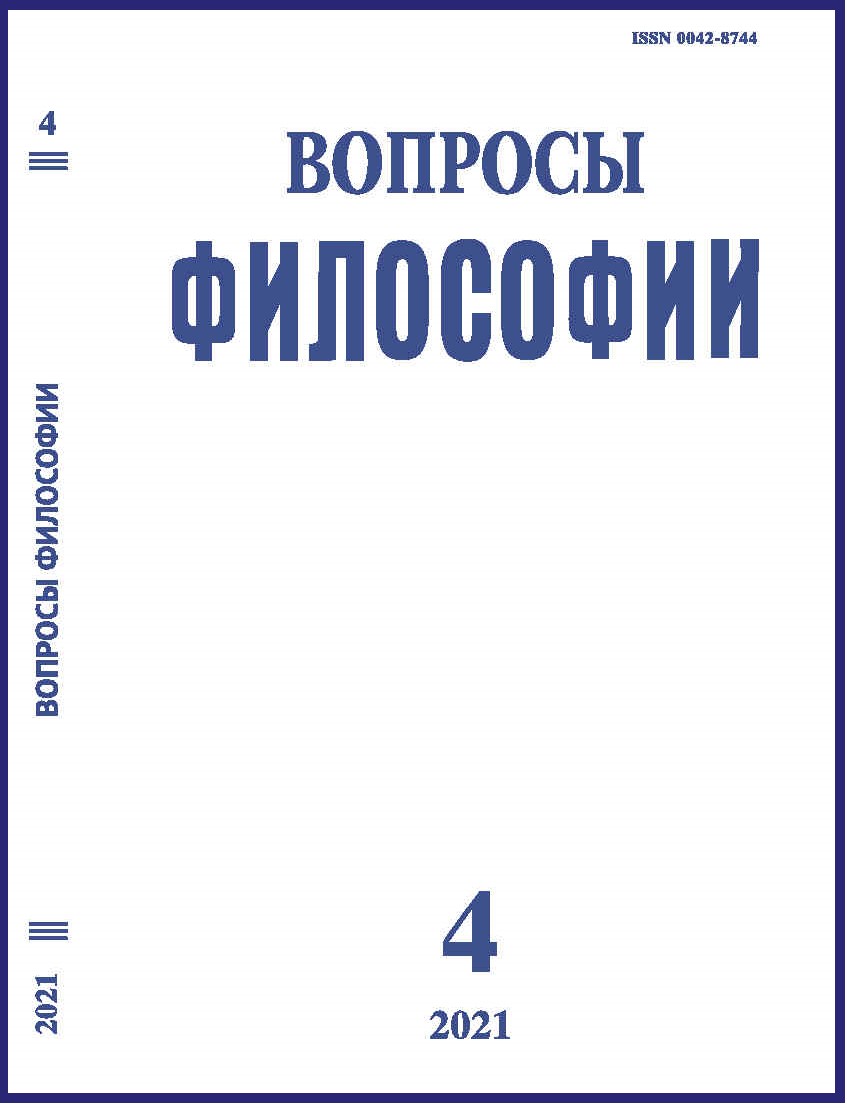Феноменология Э. Гуссерля и М. Мамардашвили: два опыта прочтения
DOI:
https://doi.org/10.21146/10.21146/0042-8744-2021-4-75-86Ключевые слова:
М. Мамардашвили, Э. Гуссерль, феноменология, смысл, сознание.Аннотация
В статье рассматриваются сходства и различия феноменологических подходов М. Мамардашвили и Э. Гуссерля с упором на феноменологию М. Мамардашвили. Показывается, что Мамардашвили являлся последователем трансцендентальной философии, развивавшим свой особый вариант феноменологии. Особенность его метода подразумевает различные способы соединения феноменологии с классическим философским инструментарием, а также особый метод конституирования феномена, включающий в себя три составляющие, а именно: 1) наличие некоего личного переживания, связанного с воспринимаемой данностью; 2) соотнесение этого личного с некоей идеей, которая проявляется в этом переживании; 3) мотив случайного события, нелинейно конфигурирующего смысл как нечто целое. Все три аспекта конституирования события позволяют подвести его под главное – нелинейную процедуру извлечения смысла из происходящих событий. Как показывается в статье, Мамардашвили полагает, что для человека это единственный способ обрести смысл, поскольку прийти к нему «естественным» (каузально-последовательным) путем нельзя. Показывается, что у Гуссерля такой сложной драматургии конституирования феномена нет. В трансцендентальной феноменологии Гуссерля смыслы не подразумевают обязательного опосредования ценностями или ценностной телеологией.

